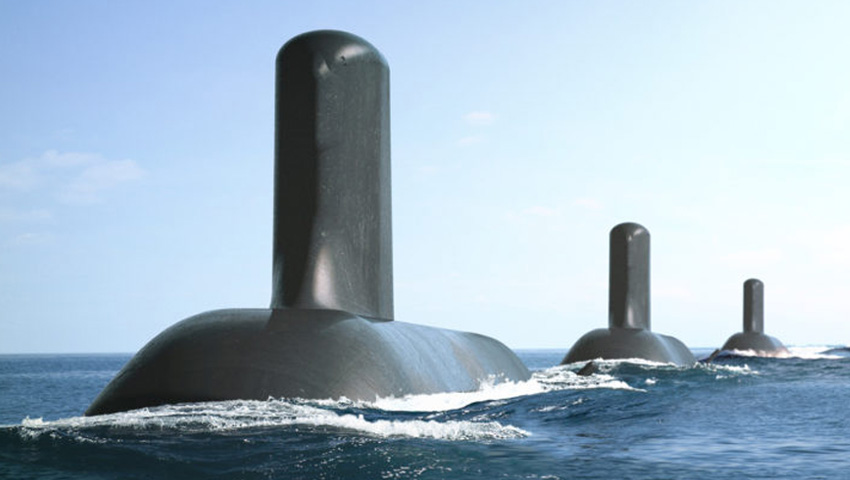“This is a project running late minister and if you don’t recognise that you shouldn’t be in the chair,” senator Rex Patrick levelled at Minister for Defence Linda Reynolds during Senate estimates yesterday.
To continue reading the rest of this article, please log in.
Create free account to get unlimited news articles and more!
Lines of questioning from Senator Patrick had seen Defence officials confirm that the future submarine program had yet to complete its 'system requirements review', which had originally been scheduled to be finalised in March this year.
The Senate was advised in 2018 of that timeline, however it has been pushed back to start "later this year", according to Rear Admiral Greg Sammut, the acting General Manager of Submarines for Defence.
"The project is clearly at least seven months late," Senator Patrick tweeted yesterday.
Senator Patrick and Minister Reynolds clashed during the hearing when the former sarcastically said "all is well in the Soviet state", during his questioning.
The delay is being blamed on the review's criteria still being set, in order to allow the design phase to progress without interruption.
Despite the early setback, RADM Sammut reassured Senate estimates that the Attack Class is still on track to enter service in the mid-2030s, as per the original timeline.
"We have not changed delivery date for the future submarine," he said.
Question marks over the timeline of the Attack Class program have long-persisted, particularly due to the three-year delay of France's Barracuda nuclear submarines, which are also being built by Naval Group.
Originally slated for delivery in 2016-17, the first Barracuda was launched in July this year, and is expected to be commissioned next year.
The Attack Class was originally submitted as the Shortfin Barracuda Block 1A by Naval Group when bidding for the contract.
However Naval Group has insisted that past mistakes will not be repeated with Australia's Attack Class, due to lesson's learnt during the Barracuda program.
French Defence Minister Florence Parly also reassured Defence that the submarines would arrive on time, despite the Australian government reportedly growing frustrated with the lack of clarity surrounding the timeline.
Defence Connect questioned the viability of the current timeline of "2030s" for the Attack Class in May, noting that Australia's submarine building industry is starting from a low base, which would increase the risk of a delay.
While time is of the essence for Australia's defence capabilities and the need for the Attack Class, what may be more concerning if delays were to occur, would be the price blowout on the boats.
It is estimated that by the time the first-of-class, the HMAS Attack, is ready for operational service in the mid-2030s, HMAS Collins will be 35 years old, with each of the subsequent new submarines replacing a vessel of similar age.
As it stands, this delivery time frame will see the last of the Attack Class submarines launched in the late-2040s, commissioned in the early-2050s and ready for operational tasking sometime in the mid-to-late 2050s, provided the design finalisation, construction, systems integration and trial phases of the early build vessels go according to plan.
Already priced at $50 billion, making it Defence's largest ever acquisition, any delays would force the already eye-watering unit cost of between $4.2 and $6 billion to rise.
Conversely, France's Barracuda submarine costs around $2.1 billion per unit.
Defence Connect also asked the question of whether the Collins Class should undertake mid-life capability upgrades considering the age of the vessels by the time each unit is replaced.
If this option were undertaken, what would be the solution to the missing capability during the upgrade? Would it be necessary to purchase a commercial-off-the-shelf (COTS) solution to help fill the gaps?
Submarines are critical to the nation's ability to protect these strategically vital waterways and key naval assets, as well as providing a viable tactical and strategic deterrent and ensure the nation's enduring national and economic security.
The need for submarines is only going to grow over the next few decades too, as the waterways around our island nation become more and more cluttered.
Your say
Are you concerned with the timeline of the Attack Class program? Do you think Senator Patrick is right to question the delay in the 'systems requirement review', or do you think that it's a good idea that it has been pushed back?
Let us know in the comments below or get in touch at

 Login
Login







